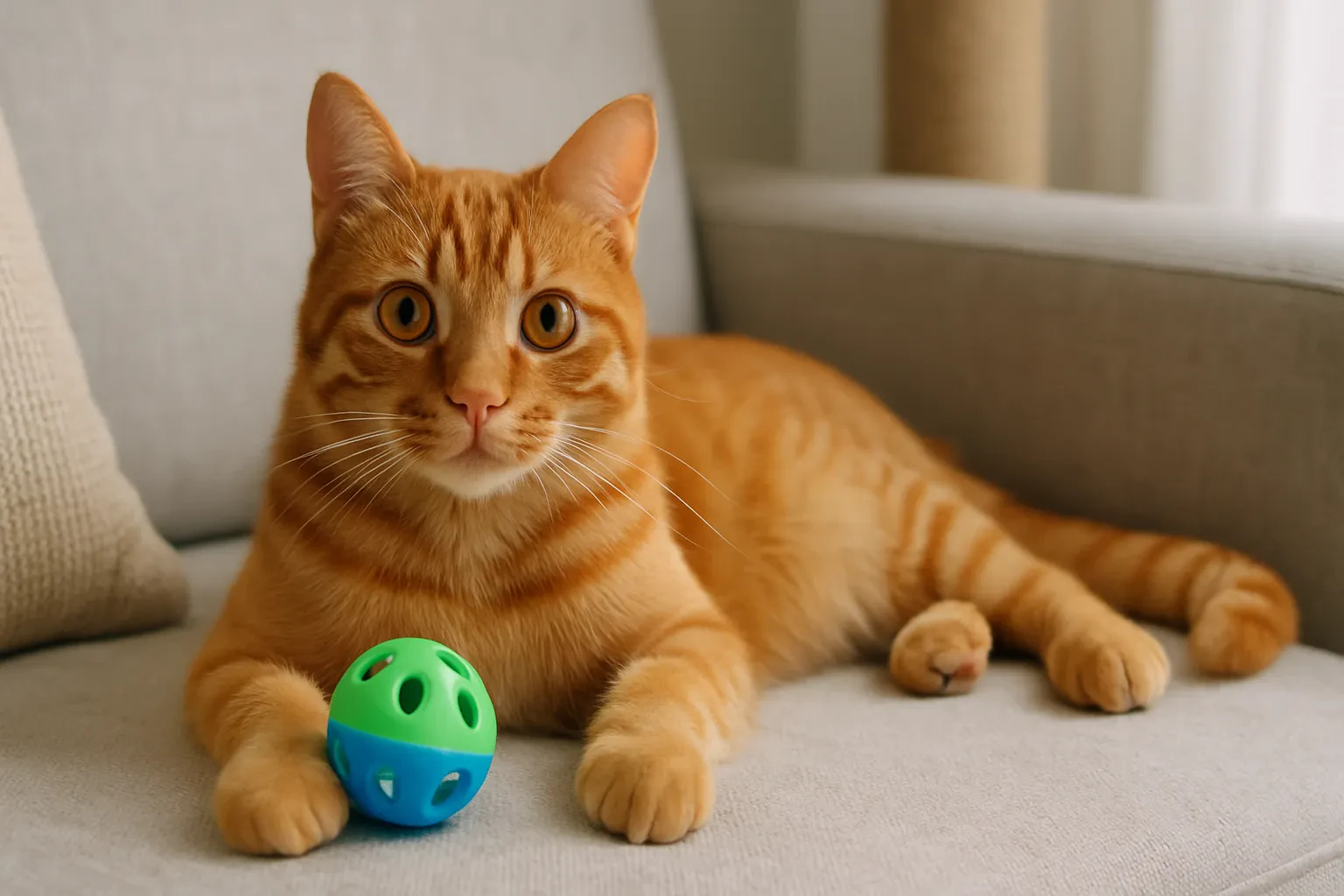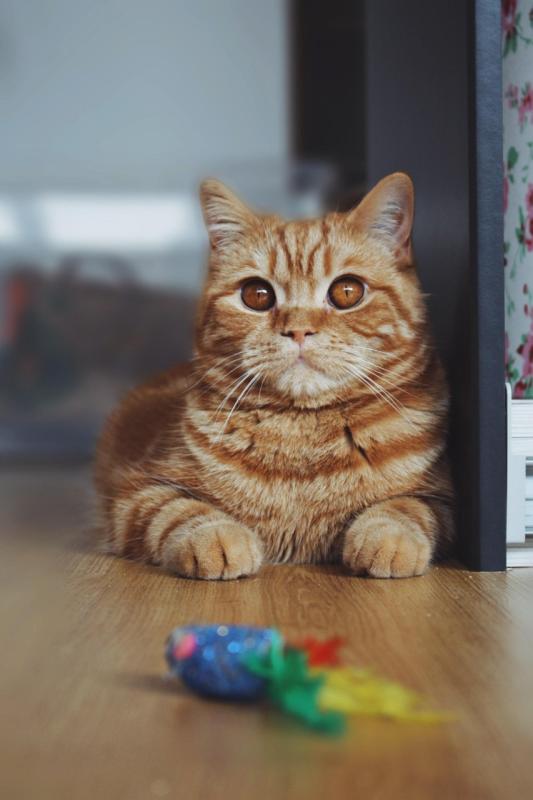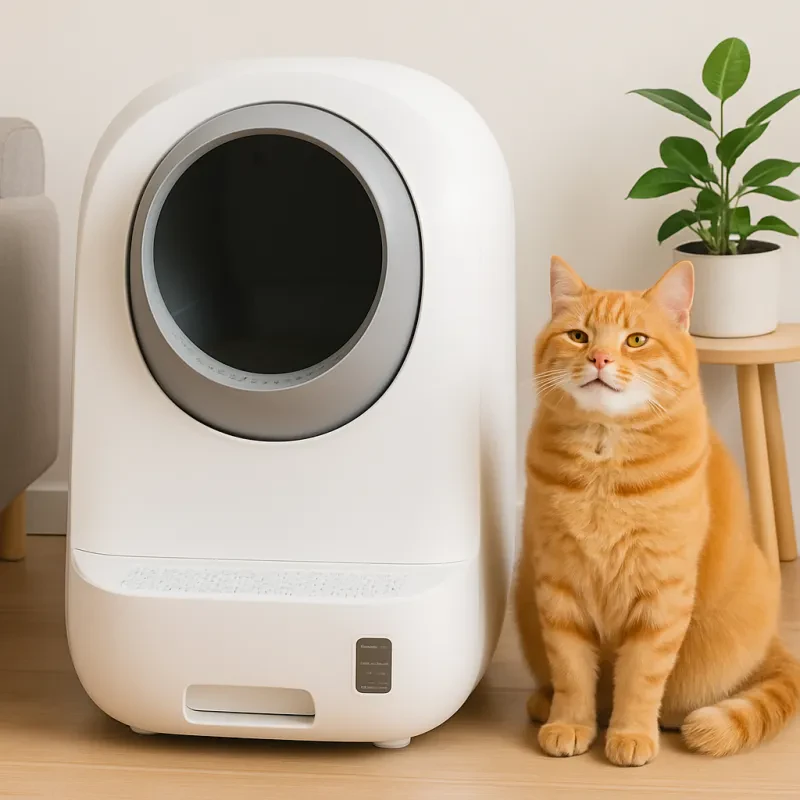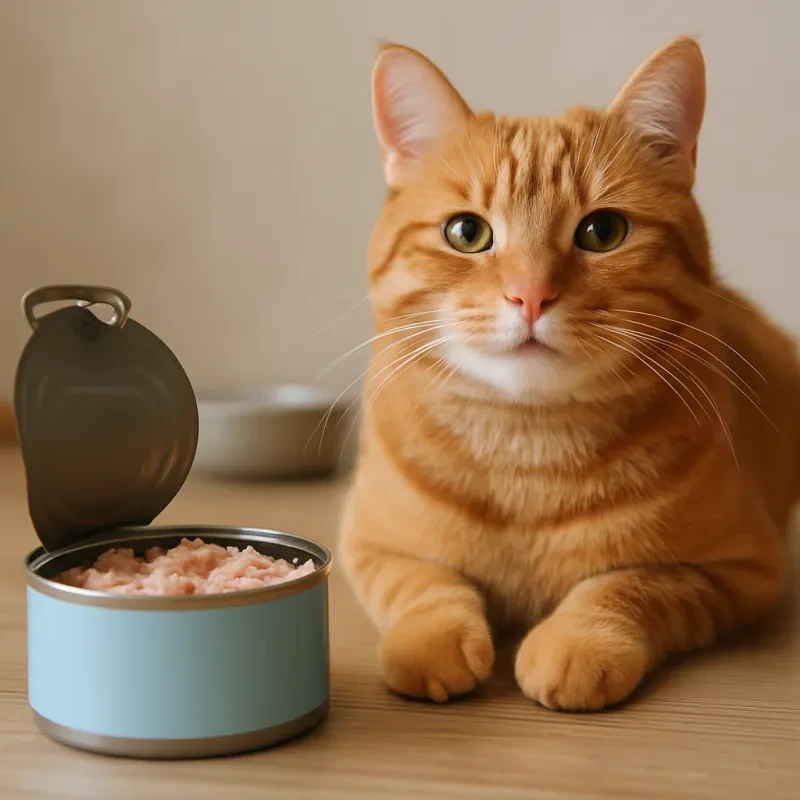Welcome to Everything Your Cat Needs In One Place!
As a cat owner, you want the best for your furry friend—and we’re here to make that easy. From premium food and fun toys to grooming essentials and health products, we’ve curated a wide selection to meet all your cat’s needs. Whether you’re shopping for the essentials or treating your cat to something special, you’ll find it right here.
Why Choose Us?
-
Convenience: Shop everything your cat loves in one place.
-
Quality: We only offer trusted, high-quality products that you can rely on.
-
Expert Advice: Our guides and care tips keep you in the know.
-
One-Stop Shopping: From food to accessories, grooming tools to health products, we have it all.
We understand that being a cat parent is a labor of love—and we’re here to make it a little easier. Browse our collection, discover expert advice, and give your cat the best care possible.
Shop Now and Pamper Your Feline Friend!










